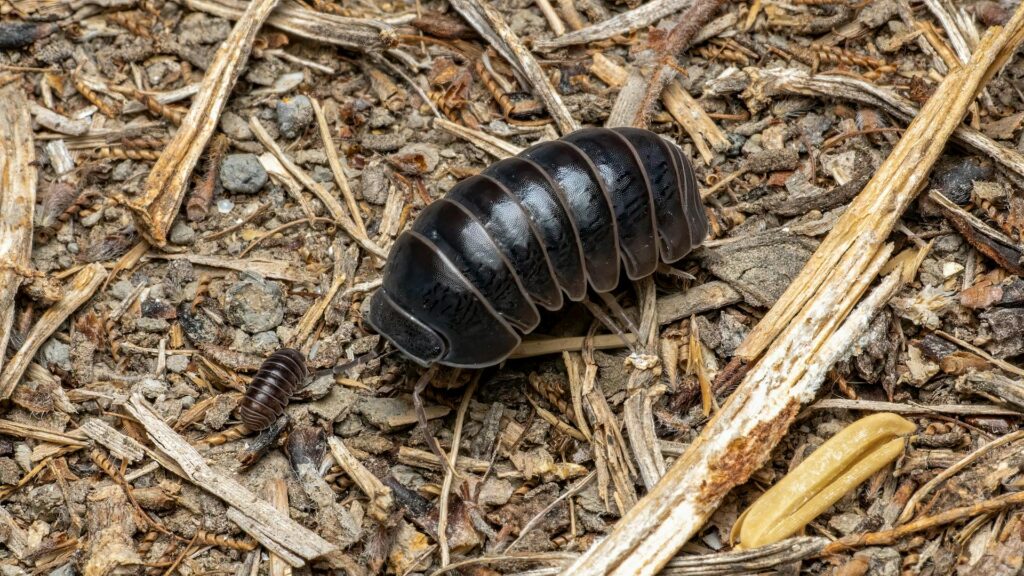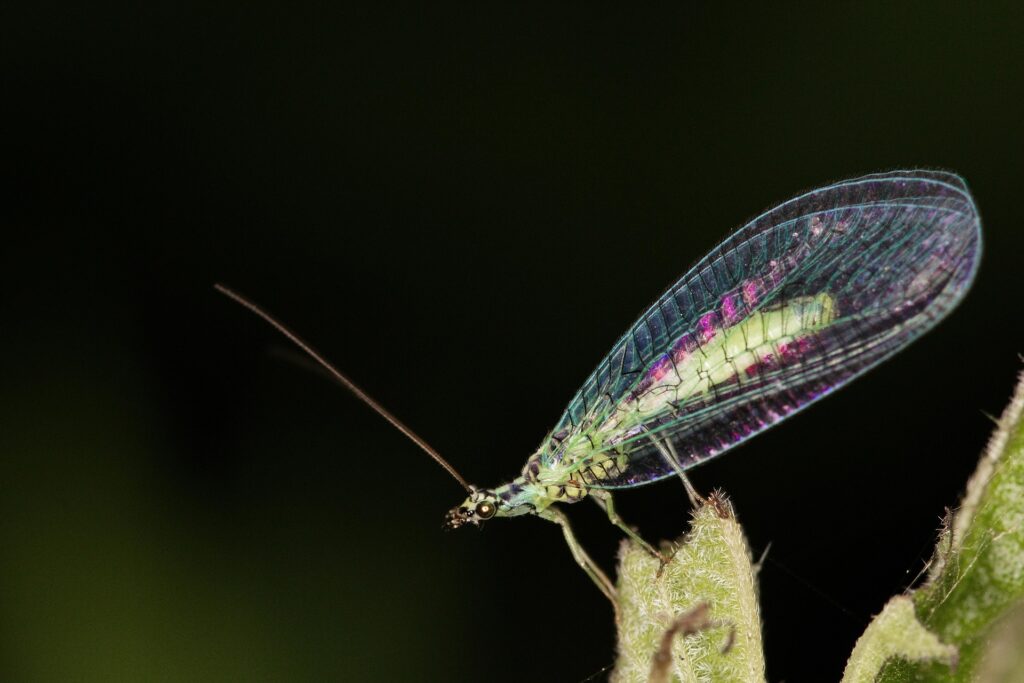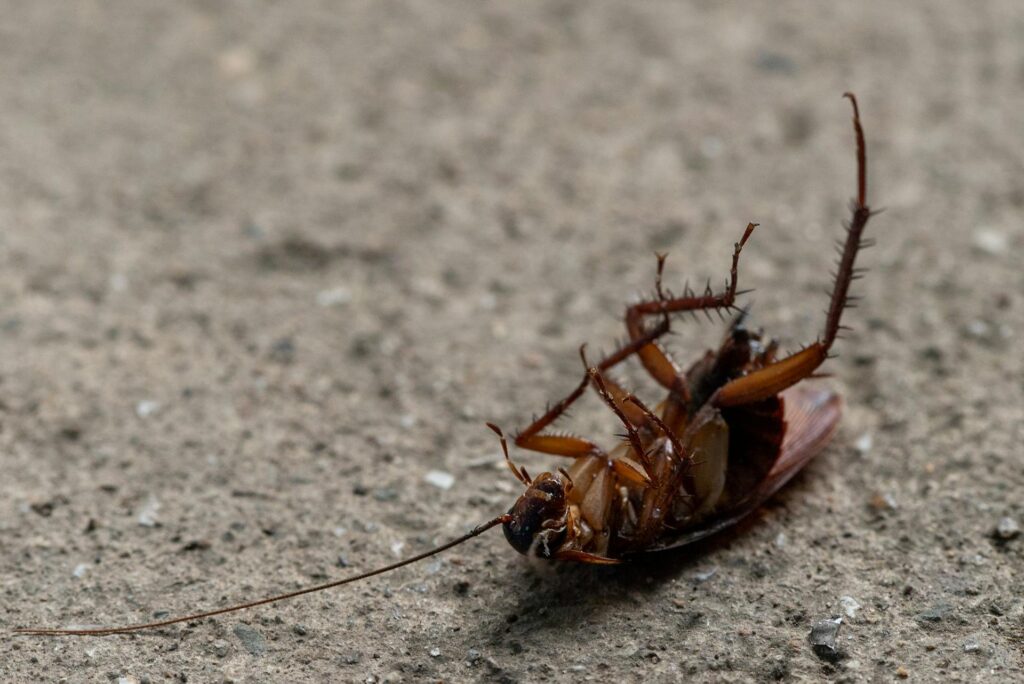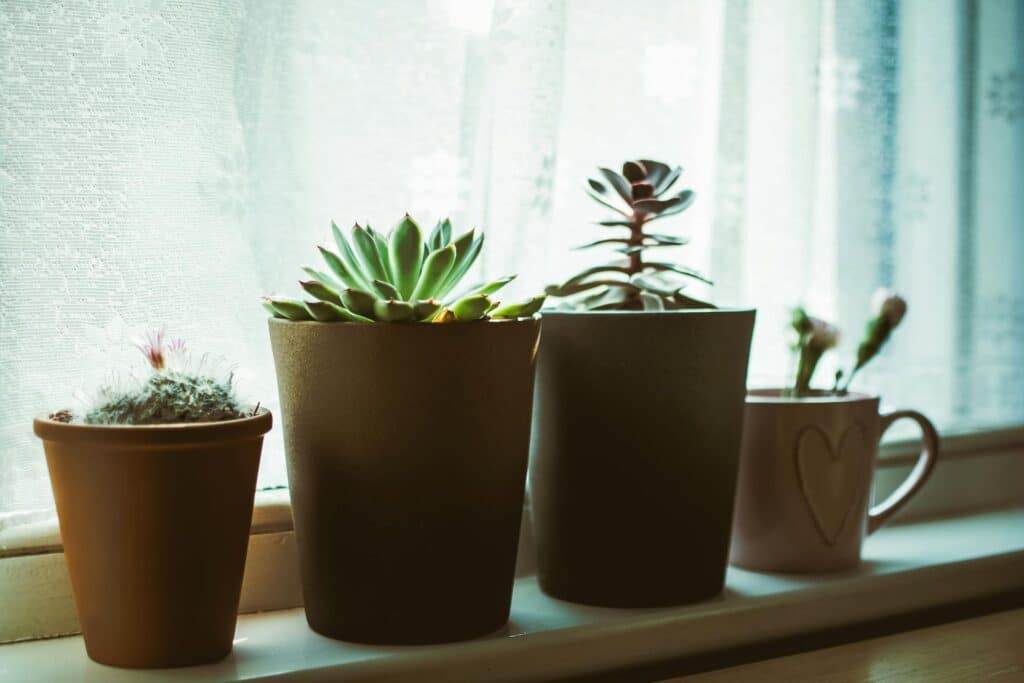You step outside for just ten minutes, and now you’re scratching your arm relentlessly. What started as a small bump has transformed into an increasingly swollen, irritated welt that seems to demand constant attention. If you’ve ever wondered why mosquito bites create such intense itching compared to other insect encounters, you’re certainly not alone in this frustrating experience.
While effective mosquito control remains crucial for comfortable outdoor living, understanding what happens inside your body when a mosquito feeds can help you better manage the aftermath and seek appropriate relief strategies.
What Happens When You Have a Mosquito Bite?
A mosquito bite involves much more than a simple poke and withdrawal. The feeding process follows a sophisticated sequence that triggers your body’s defensive responses at multiple stages.
When a female mosquito locates a suitable feeding spot on your skin, she uses her specialized needle-like mouthpart called a proboscis to pierce through your skin’s surface layers. However, the feeding process involves more than just blood extraction. As she feeds, the mosquito simultaneously injects saliva directly into the bite site.
This saliva serves a crucial biological function for the mosquito—it contains specialized proteins that prevent your blood from clotting during the feeding process. Without these anticoagulant compounds, your blood would quickly coagulate, making feeding impossible for the mosquito.
Your immune system immediately recognizes these foreign proteins as potential threats. This recognition triggers a cascade of defensive responses that ultimately create the familiar symptoms of itching, swelling, and irritation. The intensity of these reactions depends on various factors including your individual immune sensitivity, previous exposure history, and the specific mosquito species involved in the bite.
Why It Itches: The Immune Response
The characteristic itching sensation results directly from your immune system’s defensive reaction to mosquito saliva proteins. When these foreign substances enter your bloodstream, your body responds by releasing histamines—powerful chemical compounds that serve as your body’s first line of defense against perceived threats.
Histamines trigger several simultaneous reactions at the bite location. They cause nearby blood vessels to expand, increasing blood flow to the affected area while simultaneously attracting infection-fighting white blood cells to respond to the perceived invasion. This inflammatory response creates the constellation of symptoms most people associate with mosquito bites.
The immediate effects of histamine release include:
- Intense itching sensations that can persist for hours or days.
- Visible redness surrounding the bite site.
- Localized swelling that may expand beyond the original bite location.
- Warmth or heat sensation at the affected area.
- Potential tenderness when touching the swollen tissue.
Individual histamine production varies significantly between people, explaining why some individuals experience minimal reactions while others develop substantial welts. Factors including age, overall immune system sensitivity, and frequency of mosquito exposure all influence the severity of your body’s histamine response to mosquito saliva proteins.
Are All Reactions the Same?
Not everyone experiences identical reactions to mosquito bites, and understanding these differences can help explain why some people seem practically immune while others suffer intense discomfort from even minor encounters.
Several key factors influence individual bite reactions:
- Age and exposure history: Young children often experience more severe reactions because their immune systems haven’t yet developed tolerance to mosquito saliva proteins. Conversely, adults with frequent mosquito exposure may develop partial immunity, resulting in milder reactions or sometimes no visible symptoms at all.
- Individual immune sensitivity: People with naturally heightened immune responses or existing allergies frequently experience more pronounced bite reactions, including larger welts, extended duration symptoms, and increased itching intensity.
- Genetic factors: Research suggests some people possess genetic variations that make them more attractive to mosquitoes while simultaneously causing stronger reactions to bites.
Common reaction patterns include small red bumps lasting just a few hours, substantial welts persisting several days, occasionally blister-like formations, or in some cases, no visible reaction whatsoever. Children and individuals with known allergies typically experience the strongest responses, while repeated scratching can significantly worsen symptoms by introducing secondary irritation and potential bacterial contamination to already inflamed tissue.
When It’s More Than a Bite
While most mosquito bites remain minor nuisances that resolve without intervention, certain circumstances can lead to complications requiring medical attention. These issues typically result from excessive scratching or secondary bacterial infections rather than the original bite itself.
Monitor your bite sites for warning signs that suggest complications:
Infection indicators:
- Pus, yellow discharge, or crusty formations around bite sites.
- Red streaking extending from the bite area.
- Increasing pain, warmth, or swelling days after the initial bite.
- Fever, body aches, or general feeling of illness.
Severe allergic reactions:
- Widespread hives or rash beyond the bite location.
- Difficulty breathing or swallowing.
- Significant facial, lip, or throat swelling.
- Dizziness, rapid pulse, or feeling faint.
Most concerning symptoms develop when repeated scratching breaks the skin barrier, allowing bacteria to enter and establish infections. Children face higher risks due to their tendency to scratch more vigorously and their developing immune systems’ inability to control bacterial growth as effectively as mature immune systems.
If you notice any of these warning signs, particularly in children or individuals with compromised immune systems, seeking medical evaluation ensures appropriate treatment and prevents potential complications from worsening.
Quick Relief Tips for Mosquito Bites
While you cannot reverse a mosquito bite once it occurs, several proven strategies can significantly reduce discomfort and accelerate the healing process. Most effective approaches focus on reducing inflammation while preventing additional irritation through scratching.
Immediate care steps:
- Clean the affected area thoroughly with soap and cool water to remove any remaining saliva and reduce bacterial contamination risk.
- Apply cold compresses or ice packs wrapped in thin cloth for 10-15 minute intervals to numb the area and reduce swelling.
- Use over-the-counter anti-itch creams containing hydrocortisone, calamine, or antihistamines for targeted relief.
- Take oral antihistamines like Benadryl or Claritin for widespread itching or multiple bites.
- Keep fingernails trimmed short to minimize skin damage from inevitable scratching.
Additional comfort measures:
- Apply cool, damp cloths to provide ongoing relief without medication.
- Use aloe vera gel or other soothing topical treatments for natural anti-inflammatory effects.
- Avoid hot showers or baths that can increase itching sensations.
- Wear loose, breathable clothing to prevent fabric irritation against bite sites.
- Consider oatmeal baths for multiple bites affecting large skin areas.
Resist the urge to scratch, as this behavior significantly worsens symptoms, prolongs healing time, and increases infection risks through broken skin barriers.
How to Reduce Your Risk for Mosquito Bites
Preventing mosquito bites proves far more effective than treating them after they occur. Successful prevention requires understanding what attracts mosquitoes to your property and implementing targeted strategies to reduce their presence and appeal.
Eliminate breeding opportunities:
- Remove all standing water sources including flower pot saucers, bird baths, clogged gutters, and toys left outdoors.
- Change water in pet bowls, bird baths, and decorative fountains at least twice weekly.
- Maintain swimming pools with proper chemical treatment and circulation.
- Clear debris from drainage areas that might collect rainwater.
- Store containers like buckets and wheelbarrows upside down when not in use.
Create protective barriers:
- Install and maintain tight-fitting screens on all windows and doors.
- Use fans on patios and decks to disperse the carbon dioxide that attracts mosquitoes.
- Plant mosquito-repelling herbs like citronella, lavender, and marigolds around outdoor living areas.
- Apply EPA-approved insect repellents containing DEET, picaridin, or oil of lemon eucalyptus when spending time outdoors.
- Wear long-sleeved shirts and long pants during peak mosquito activity hours (dawn and dusk).
If mosquitoes remain a persistent problem despite your prevention efforts, the issue may involve nearby breeding sites beyond your property boundaries that require professional assessment and targeted treatment approaches.
Still Getting Bitten? We Can Help
When mosquito problems persist despite your best prevention efforts, professional intervention can identify hidden breeding sources and implement comprehensive control strategies tailored to your specific property challenges. Our mosquito control specialists provide thorough property assessments that often reveal breeding sites homeowners overlook.
Our comprehensive approach to pest control includes detailed property inspections identifying potential mosquito breeding locations, targeted treatments for active breeding sites, ongoing monitoring to ensure treatment effectiveness, and customized prevention recommendations addressing your property’s unique vulnerabilities.
Our pest control service focuses on creating long-term protection through multiple strategies. Contact us for a free quote for your mosquito problem.









